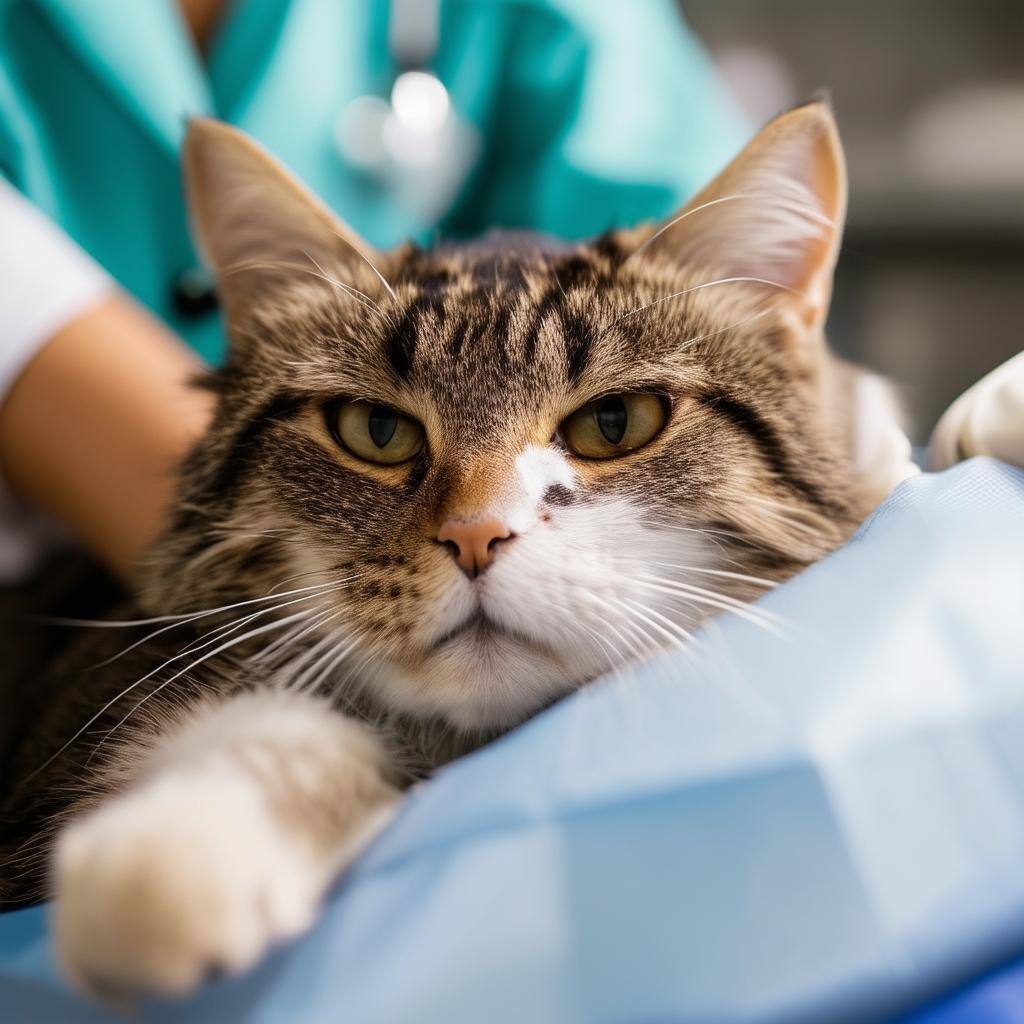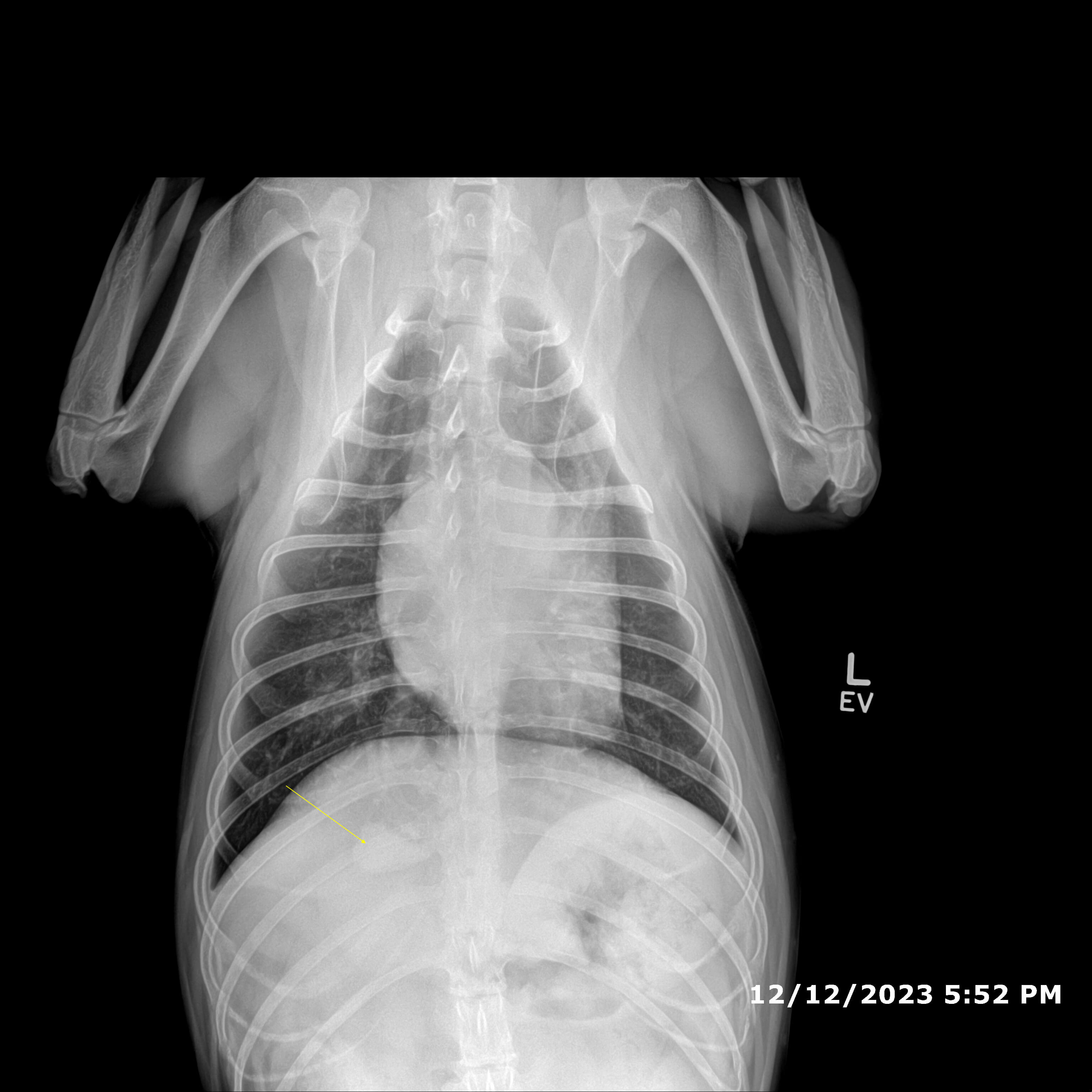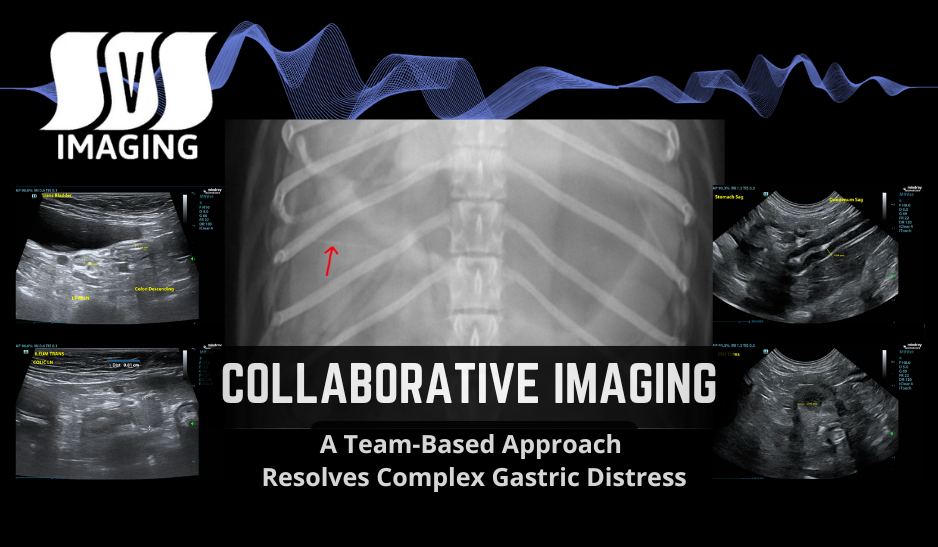The Struggle Within: Reviving the Culture of Veterinary Medicine
NAVIGATING A CHALLENGING LANDSCAPE In the ever-evolving landscape of veterinary medicine, we are confronted with an array of challenges that threaten...
1 min read
.jpg) Fred Gromalak, DVM
:
Jan 15, 2025 3:53:12 PM
Fred Gromalak, DVM
:
Jan 15, 2025 3:53:12 PM

Welcome to our new series, Cocktail Hour with Dr. Tom Day! This engaging roundtable discussion features veterinary experts tackling real-world challenges in anesthesia and sedation. Each episode dives into practical protocols, tips, and strategies to elevate patient care.
In this installment, the panel explores anesthetic challenges in older cats. Dr. Thomas K. Day, a board-certified anesthesiologist and critical care specialist, shares his approach to managing a 16-year-old feline patient presenting for dental treatment of a tooth root abscess, complicated by chronic upper respiratory issues.
Dr. Day emphasizes a step-by-step sedation strategy tailored for older, compromised cats. Starting with pre-hospital sedation using gabapentin, he outlines a gradual "step-up" protocol, avoiding high-risk drugs like dexmedetomidine initially and incorporating low-dose ketamine only when necessary. This measured approach ensures the patient's safety while facilitating procedures like catheterization and induction.
This patient-centered protocol balances sedation depth with safety, ensuring optimal outcomes for older cats with complex health issues.
Watch the full discussion below and stay tuned for upcoming episodes in our series, Cocktail Hour with Dr. Tom Day.

NAVIGATING A CHALLENGING LANDSCAPE In the ever-evolving landscape of veterinary medicine, we are confronted with an array of challenges that threaten...

In today's video, we meet a 13-year-old male neutered border collie mix who has been dealing with chronic coughing and a noticeable decrease in...

Leveraging Multiple Specialties on Complex Cases